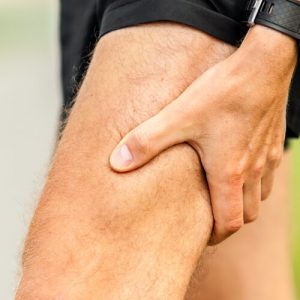Sauna Muscle Recovery
Introduced during the late 20th century as an elevated alternative among heat exposure therapy regulars like steam rooms or the more traditional sauna, infrared saunas emerged amid the second industrial revolution of electrical power, and the understanding of its diverse applications.
Of the advantages of infrared sauna use, muscular rehabilitation and repair comes to mind as one of the most prominent, making sauna muscle recovery a key contributor to the sense of mobility and decrease in fatigue that come right after a session.

Infrared Sauna Muscle Recovery - The Long-time Influence of Heat
Heat therapies have had a well-documented history of use between both high-octane, empirically driven treatments, as well as those many would consider household remedies.
Where does the idea that heat makes for the go-to natural remedy for pain and injury come from? Beginning as early as Ancient Egypt, and taken to social and conventional heights by the time Ancient Greece and Rome were were established as cultural kingpins, consideration of heat therapy only ever existed in its conjunctive – spas, public baths and other forms of hydrotherapy became the hot topics of conversation that heat exposure could exist in, limited by the knowledge and technology of the time of the true extent of influence temperature had on processes of recovery and healing.
At its core, the underlying mechanics of heated sauna muscle recovery comes from its vasodilative effects, and its function in the body’s broader purpose of the cardiovascular system.
As bodily heat tends to increase, principles of homeostasis work to keep our internal environment at its optimal functioning temperature, activating processes like the widening of blood vessels and increased blood flow to offload excess heat.
The result? In increasing circulation and flow for nutrient-rich blood to flow toward muscle tissue, signalling pathways of blood vessel capillary growth are communicated – the blood vessels responsible for carrying blood flow to and from the body’s organs.
Industrialising muscles with greater capillary growth, in other words, means optimising the network and capacity of your muscles to receive the oxygenated blood needed to work harder and longer.
Infrared sauna muscle recovery means encouraging this growth, and nurturing a work capacity of your muscles to generate force and flush waste out of its circulation efficiently.
Disclaimer:
This information is not intended to prescribe a particular health issue or course of action. We are not medical professionals, so please contact your GP or health practitioner for medical advise.
